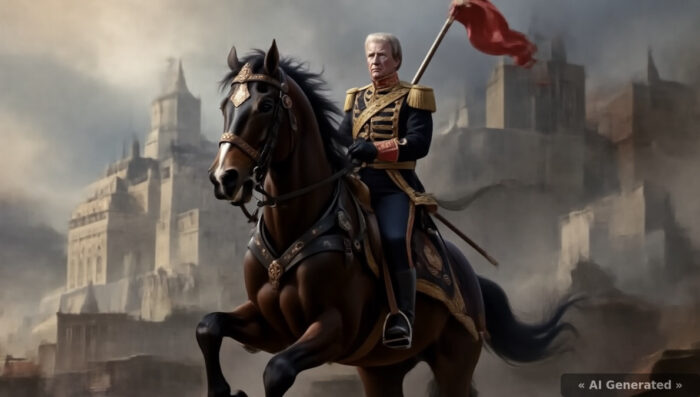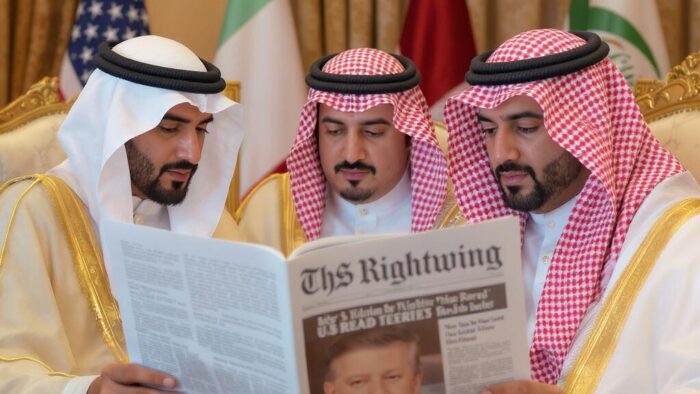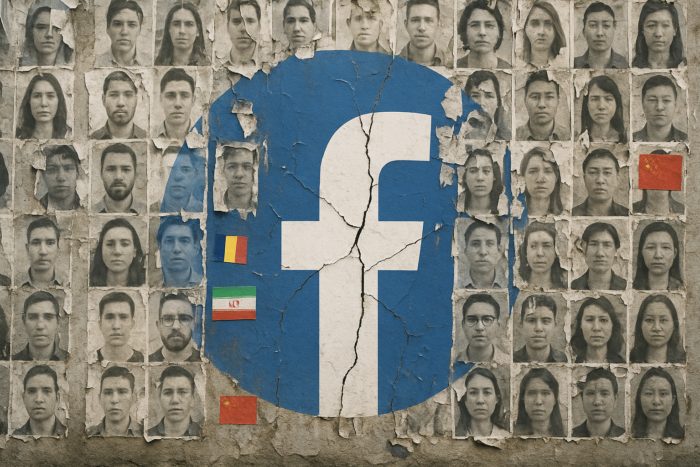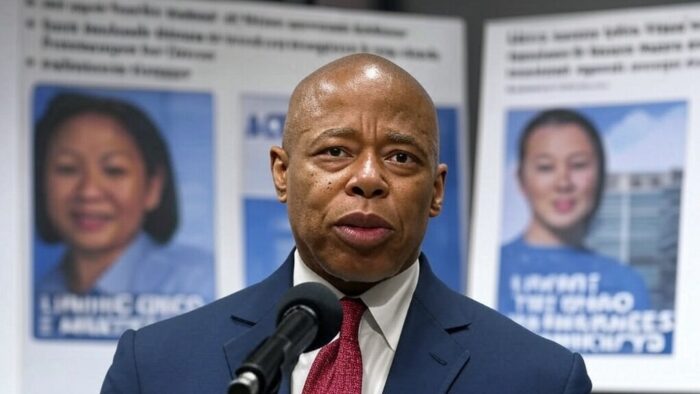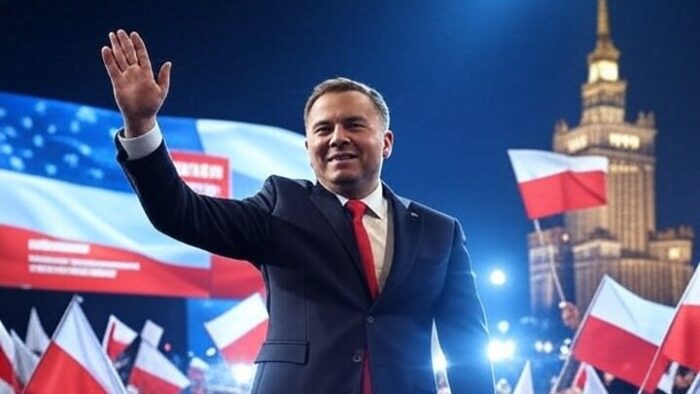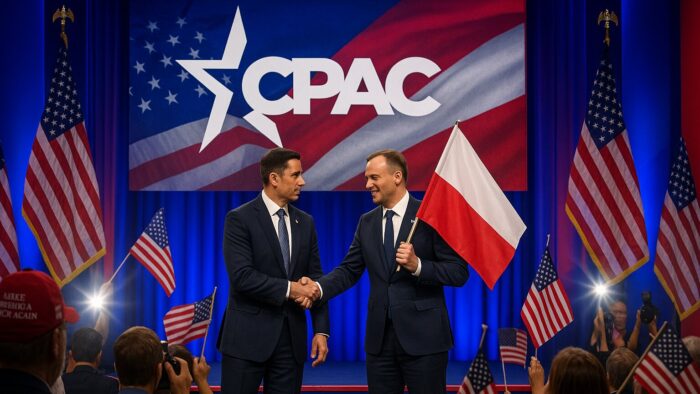Poland’s attempt to restore democracy after illiberal rule has revealed a fundamental “post-illiberal trilemma” confronting Donald Tusk’s government, which must choose between reforms that are effective, legal, or swift—but cannot achieve all three simultaneously. On July 2025, the Journal of Democracy published an analysis by Stanley Bill and Ben Stanley showing how governments seeking to reverse eight years of Law and Justice (PiS) party rule encounter structural constraints that force them to resort to the same decisionist methods they aim to counteract, creating institutional traps difficult to escape. that force them to choose only two of three desired outcomes, often resorting to the same decisionist methods they aim to counteract. The article begins:
This article examines the challenges facing governments aiming to restore liberal democratic institutions after illiberal rule. It uses the case study of Poland under Donald Tusk’s current government—which defeated populist Law and Justice (PiS) in 2023—to construct a wider conceptual framework for understanding dilemmas of post-illiberal reform that may also confront other democracies. A key legacy of democratic backsliding is a series of institutional traps that are difficult to counteract without resorting to the same decisionist methods that made them. Proceduralist approaches risk leaving the damage unrepaired and demobilizing supporters, while more decisive action may require capitulation to the illiberal playbook.
Read more: https://muse.jhu.edu/pub/1/article/964585
Key Points
- Tusk’s government has delivered on only twelve of its one-hundred campaign promises, with negative approval ratings outweighing positive ones since July 2024
- The government faced immediate pressure to purge PiS loyalists from public media and judicial institutions, often using legally dubious methods similar to those employed by the previous administration
- Poland now experiences “legal dualism” where competing institutions issue contradictory rulings, with PiS-controlled bodies continuing to operate parallel to government-recognized authorities
- The May-June 2025 presidential election saw PiS candidate Karol Nawrocki defeat Tusk’s candidate Rafał Trzaskowski 50.9% to 49.1%, despite early polling advantages for the government coalition.
Poland and the Global National Conservative Alliance
Poland’s Law and Justice (PiS) party is a central actor in the Global National Conservative Alliance (GNCA) seeking to reshape the international order. This ideological coalition, which includes Hungary’s Fidesz, is unified by a skepticism of global institutions but fractured by divergent policies on Russia, with Poland maintaining a hardline stance against Kremlin aggression.
The alliance’s domestic power was recently reinforced by the 2025 election of Karol Nawrocki, a PiS-backed president, a result that challenges the country’s pro-EU government and was celebrated by sovereigntist movements worldwide. These internal political contests are often targeted by Kremlin-backed election interference campaigns, while the broader national-conservative agenda is amplified by autocratic states manipulating Western political discourse, illustrating how domestic ideological goals can align with foreign strategic interests.
External References:
-
The game is not over: Fidesz, Law and Justice, and far-right cooperation in the EU
-
Poland’s presidential election – the end of re-democratisation?
-
Experts react: Conservative Karol Nawrocki is Poland’s next president
Disclaimer
The Global Influence Operations Report (GIOR) employs AI throughout the posting process, including generating summaries of news items, the introduction, key points, and often the “context” section. We recommend verifying all information before use. Additionally, images are AI-generated and intended solely for illustrative purposes. While they represent the events or individuals discussed, they should not be interpreted as real-world photography.



